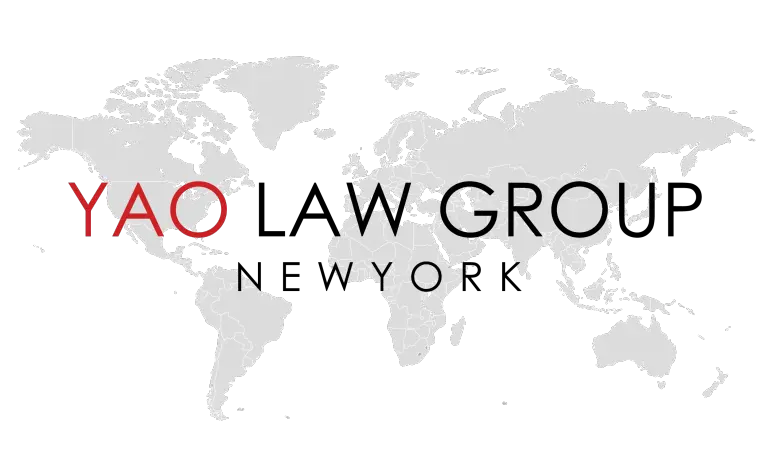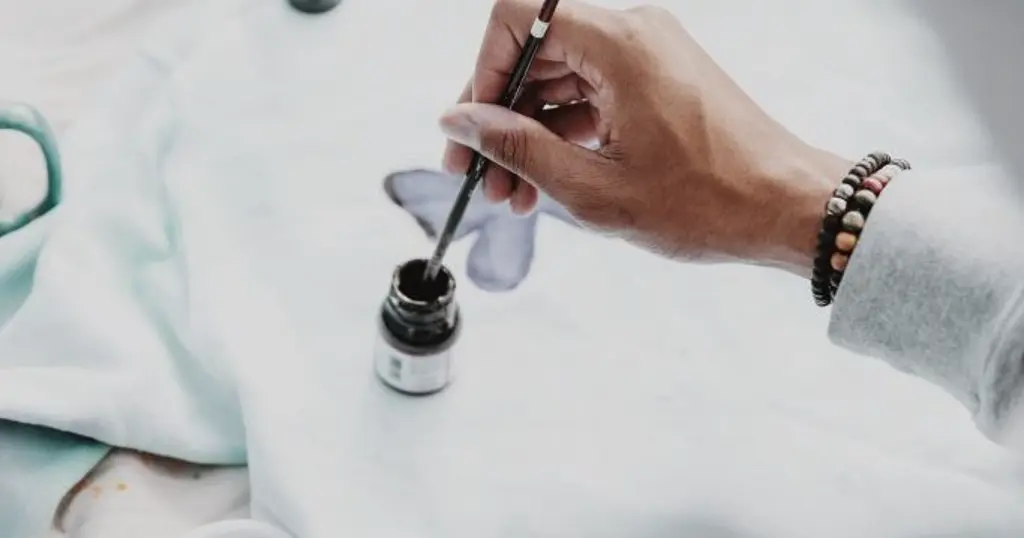The O-1 visa is a work visa with a maximum validity period of 3 years. You cannot volunteer your time or work as you need to demonstrate to the government that you will be employed.
You can either file for an employer-based petition or an agent-based petition. Filing with an employer-petitioner can be restrictive as you can only be employed by your employer and can only have one job during the validity period of your O-1 visa, unless you file an amended petition.
What is an Agent Petitioner?
With an agent petitioner, you are allowed to work on behalf of multiple employers within your field of endeavor. This is why the O-1 petition is such a unique visa option; most do not allow you to work with more than one employer.
In order to use an agent petitioner, you need to prove your agent is eligible to act as a petitioner and that you have the ability to work on behalf of multiple employers. In order to prove your agents eligibility, you must be able to provide evidence that your agent is either a U.S. citizen, a green card holder, or employed by a U.S. based company. Additionally, you need an agent agreement that states that the agent is petitioning on your behalf.
When considering whether you should use an employer petitioner or an agent petitioner, you should reflect on what your career goals are.
- What do you want to do?
- What do you want to accomplish?
- What impact do you want to make in your field?
Thereafter, you need to be able to provide at least two future work contracts. Although, you can file more.
After securing your agent agreement and your future contracts, you would then fill out the forms for the O-1 visa. The forms that are associated with the O-1 visa are the I-129, the G-28, and the I-907.
The I-129 form is used for all non-immigrant visa petitions or applications. If you are using an attorney and want USCIS to communicate with them, you will need to file form G-28. Form I-907 is used if you want to use the USCIS premium processing service.
Securing an advisory opinion.
There are evidentiary requirements for the O-1 visa. This includes an advisory opinion.
A simple way to look at an advisory opinion is to understand that it is a letter from a labor union which does “not object” to the granting of the O-1 visa. There may not be any labor unions in your profession. However, you can still satisfy the advisory opinion requirement by securing a letter from a peer organization or an expert in your field.
Additionally, the evidentiary requirements include press or publication. Press is anything in the media, online media, trade, magazines, newspapers, online publications, that directly describes you or projects that you’ve been in. A publication is anything that you have published that provides evidence that you are an expert in your field.
Having a portfolio will help you.
Your portfolio is another vital piece of your O-1 visa application. Your portfolio is an ensemble of curated documents that provides evidence of the accomplishments in your career.
It should be simple and succinct in order to keep the immigration officer engaged. While it is important for them to fully understand the significance of your accomplishments, you do not want to overwhelm them with unnecessary detail. The immigration officer should be able to understand what you do, why you stand out, and why you are extraordinary.
High salary is part of the O-1 visa criteria.
There are many ways to meet the high salary requirement. First, it is important to understand that it refers to your projected salary and/or your past salary. For example, if you were an architect in their home country and they had a high salary for someone living in that country but it seems low in the United States, it is important to provide evidence that this salary was exceptionally high.
Unlike other employment-based visa applications, there is no minimum salary for the artist’s visa.
However, it is important that you are making a livable salary for where you are applying. You want to be able to prove to the immigration officer that you will be able to sustain yourself during your stay in the United States. Furthermore, the more you make will validate that you are a successful and extraordinary individual in your field.
Significant recognition is another crucial part of your O-1 visa application.
You can argue significant recognition through the use of testimonial letters from experts in your field. Note that there is no minimum or maximum of required testimonial letters. Another way to argue significant recognition is through awards.
For example, if you’ve won an award in your field, this provides evidence that you have been recognized by an organization.
Additionally, you can argue that you qualify for the significant recognition criteria by having a really strong social media presence. This can be helpful if you are verified by the social media platform as that is significant recognition by a large social media platform.
There are six (6) criterion for the O-1 visa.
This includes:
- Securing a petitioner, whether it is an employer petitioner or an agent petitioner;
- Securing an advisory opinion;
- Providing a portfolio that details the significant achievements of your career;
- Providing evidence of a high salary;
- Providing evidence of significant recognition within your field;


